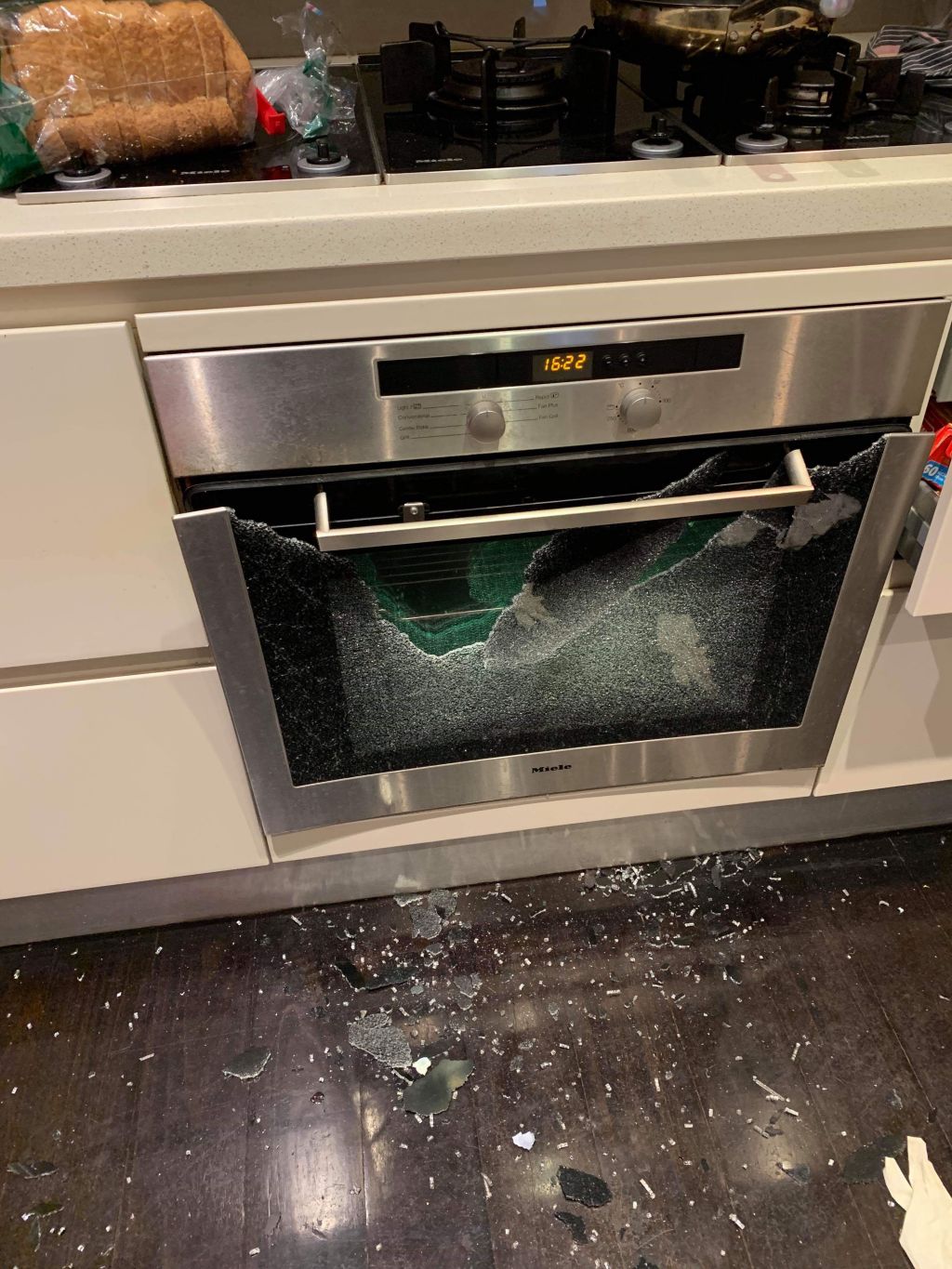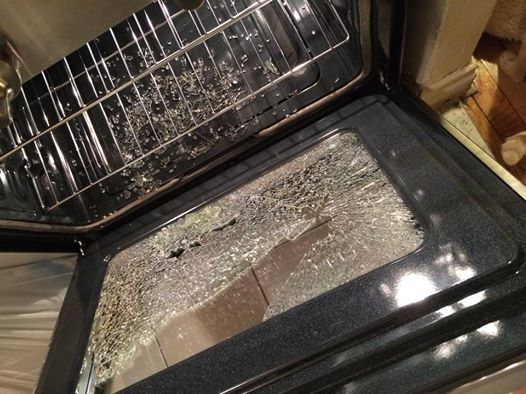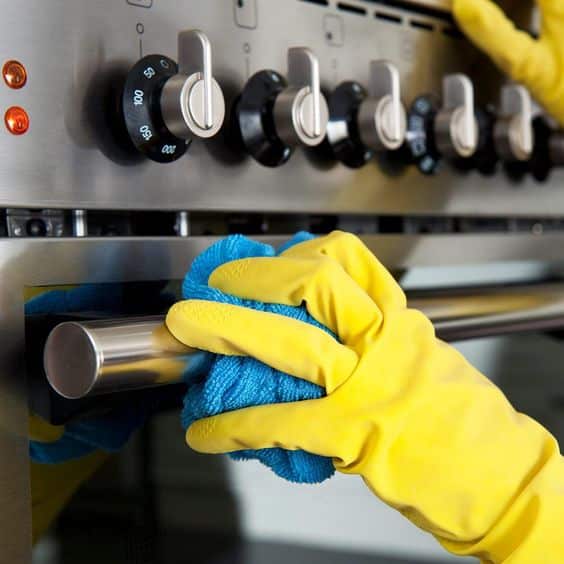The sudden shattering of an oven door can be a startling and potentially dangerous event. In this guide, we explore the reasons behind the phenomenon of oven door breakage and provide essential tips on preventing it.

The factors at play and adopting simple precautions can safeguard not only your appliance but also the well-being of everyone in your kitchen.
Thermal Stress in Oven Doors: Causes and Prevention
How extreme temperature changes, such as opening a hot oven and accidentally splashing it with cold water, can cause thermal stress on the glass.
The impact of sudden temperature variations and how they contribute to the risk of shattering.
**1. Mechanism of Thermal Stress:
Thermal stress in oven doors is a result of the rapid expansion and contraction of materials, particularly glass, due to extreme temperature changes.
During cooking, the oven interior reaches high temperatures. The glass on the oven door expands as it absorbs heat.
Sudden Cooling: When the oven door is opened or exposed to cold elements, the glass undergoes rapid contraction, creating stress on its structure.

**2. Factors Contributing to Thermal Stress in Oven Doors:
Abrupt transitions from high to low temperatures and vice versa significantly contribute to thermal stress.
Placing cold items directly onto hot oven glass or accidentally splashing cold liquids can intensify stress.
Inconsistent heating within the oven, potentially caused by a malfunctioning heating element, can create localized hot spots.
Highlight common signs of manufacturing issues and how to identify them early.
**3. Effects on Oven Door Glass:

The continuous cycle of expansion and contraction can lead to the formation of microscopic cracks in the glass.
Weakening Structure: Over time, the accumulation of microcracks weakens the structural integrity of the glass.
Eventual Shattering: When the stress surpasses the glass’s ability to withstand it, the oven door may suddenly shatter.
**4. Preventing Thermal Stress-Related Shattering:
Avoid exposing the oven door to rapid temperature differentials. Allow the oven to cool slightly before opening the door.

Avoiding Liquid Contact: Prevent liquids, especially cold ones, from making direct contact with hot oven glass.
Minimize abrupt temperature changes, such as preheating the oven before placing food inside.
Gently open and close the oven door to avoid introducing unnecessary stress.
Regular Maintenance: Conduct routine inspections of the oven door, hinges, and seals for signs of wear or damage.
Professional Maintenance: Schedule professional maintenance to identify and address potential issues before they lead to shattering events.
Avoiding Rapid Temperature Changes: Provide practical advice on minimizing temperature shocks, such as allowing the oven to cool slightly before opening the door.

**5. Considerations for Glass Type:
Oven doors are often made of tempered glass, designed to withstand thermal stress better than regular glass.
While tempered glass is more durable, it is not indestructible. It can still succumb to thermal stress if subjected to extreme conditions.

As we conclude this exploration into the reasons behind oven door shattering and preventative measures, it becomes clear that a little care and attention can go a long way in maintaining a safe kitchen environment.

